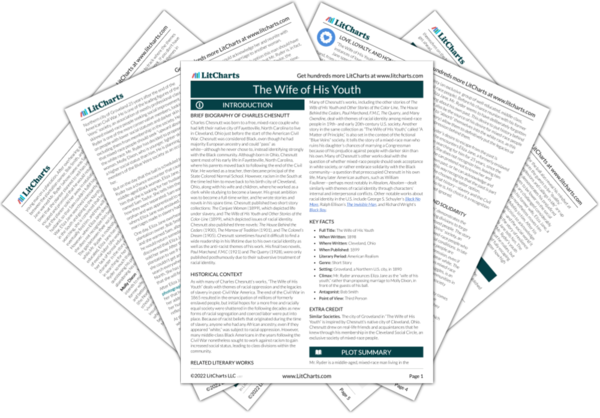Marriages under slavery had no legal status, because sales so often broke up couples and families. Eliza Jane’s certainty that Sam would’ve nonetheless honored his marriage to her all this time, and never would’ve married another woman, again shows her love and faith in him. Mr. Ryder’s objections here seem to hint at a need to convince himself, and not just Eliza Jane, of the argument that her husband might be justified in marrying someone else.
